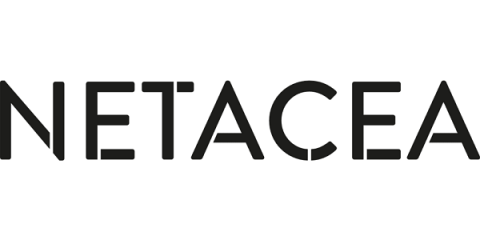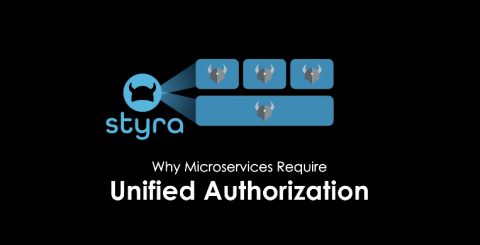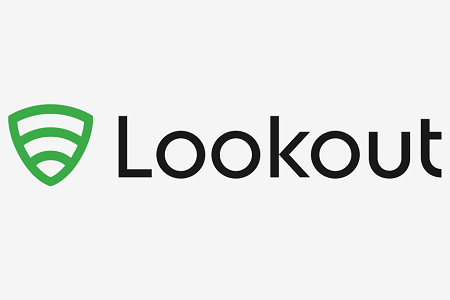How Covid-19 has increased vulnerabilities in Industrial Control Systems
By now, most are aware that the Covid-19 pandemic has led to a spike in cyberattacks. This sharp increase in malicious activity related to COVID has taken the typical form of adversaries seeking to benefit financially, gain unauthorized access to networks for immediate and long-term strategic benefit, and spread misinformation with political agendas.









